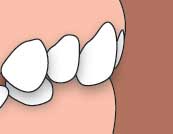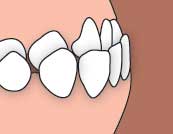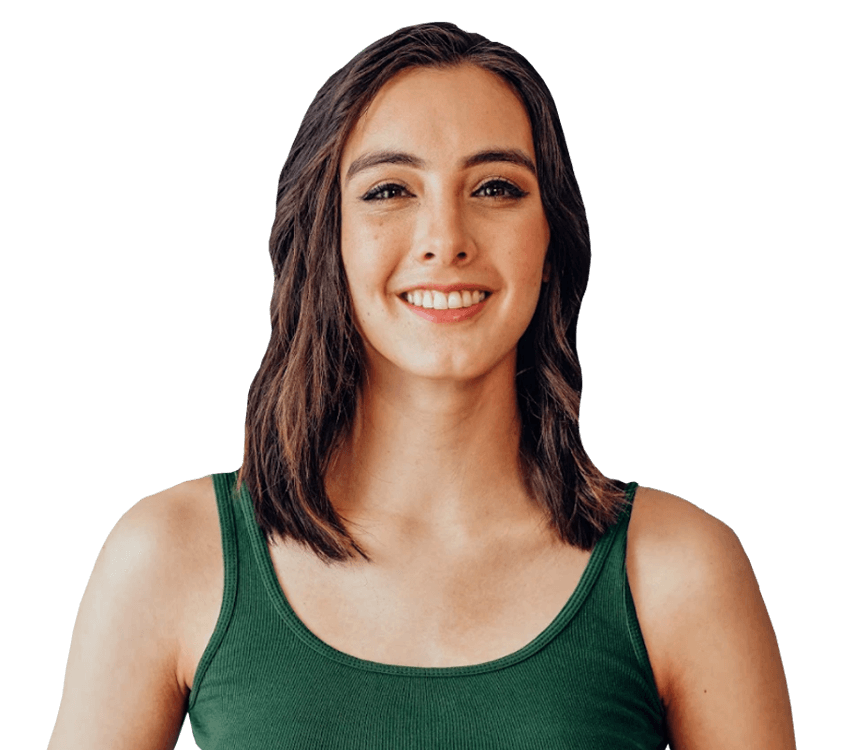See something familiar?
Take the first step toward a straighter, healthier smile by booking a free initial consultation with the Trinity House team today.
Bite issues are called malocclusions in orthodontics, and we treat a variety of malocclusions on a regular basis at Trinity House Orthodontics. Here are some of the internationally recognised orthodontic issues:

A Class l malocclusion occurs when the teeth meet together correctly, but are crowded. Depending on the degree of crowding, space may need to be made by removing some teeth before braces can be put on.
In Britain, about 45% of the population have malocclusions of this type.

A Class II Division 1 malocclusion occurs when the upper teeth stick out far in front of the lower teeth and are tipped forwards. Crowding may also be present. Depending on the degree of discrepancy, headgear, extractions or surgery may be needed.
Approximately 34% of the population suffers from this malocclusion.

A Class II Division 2 malocclusion occurs when the upper teeth protrude but are tipped backwards instead of forwards. The overjet may not be greatly changed, but the overbite gives a "deep bite". Treatment is similar to that for the Class II Division 1 condition.
Malocclusions like this occur in about 18% of cases.

A Class III malocclusion occurs when the lower teeth are in front of the uppers (a reverse overjet). There is often an associated jaw misalignment as well. These patients often need a combination of braces and a jaw surgery.
Because the lower jaw is one of the last bones to stop growing, treatment of Class III malocclusions is often delayed until the patients are adults, so that a correct treatment plan can be made.
Only about 2% of malocclusions belong to this class.
Early diagnosis is helpful for cases of malocclusion, such as the ones illustrated below. Trinity House Orthodontics recommends having a full evaluation if you recognise any of the following:
Anterior crossbite
(Scissor bite arrangement)

Posterior crossbite
(Upper arch too narrow)

Crowding
(Overlapping teeth)

Open bite
(Teeth don't meet at the front)

Protrusion
(Goofy - upper jaw too far forward)

Complete class III
(Lower jaw protrudes forward of upper jaw)

Diastema
(Spacing)

Crowding
(Overlapping teeth)

Diastema
(Spacing)

Anterior crossbite
(Forward displacement)

Bruxism
(Tooth wear)

Periodontal problems
(Gum disease)

Protrusion
(Upper jaw far forward)

Open bite
(Teeth don't meet at the front)

Deep bite
(Top teeth overlap lower teeth)

Take the first step toward a straighter, healthier smile by booking a free initial consultation with the Trinity House team today.
